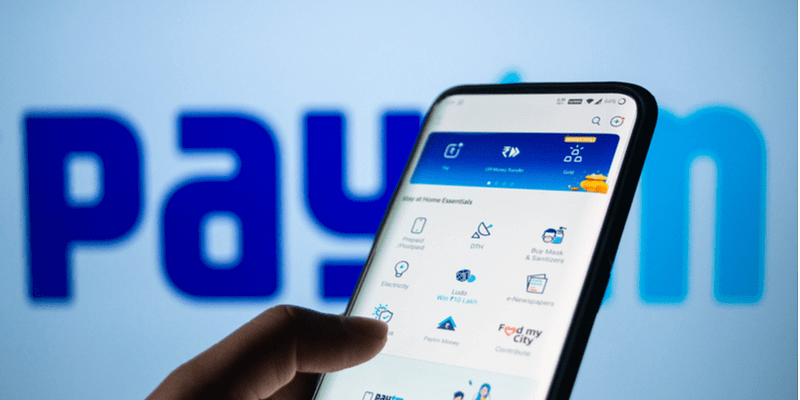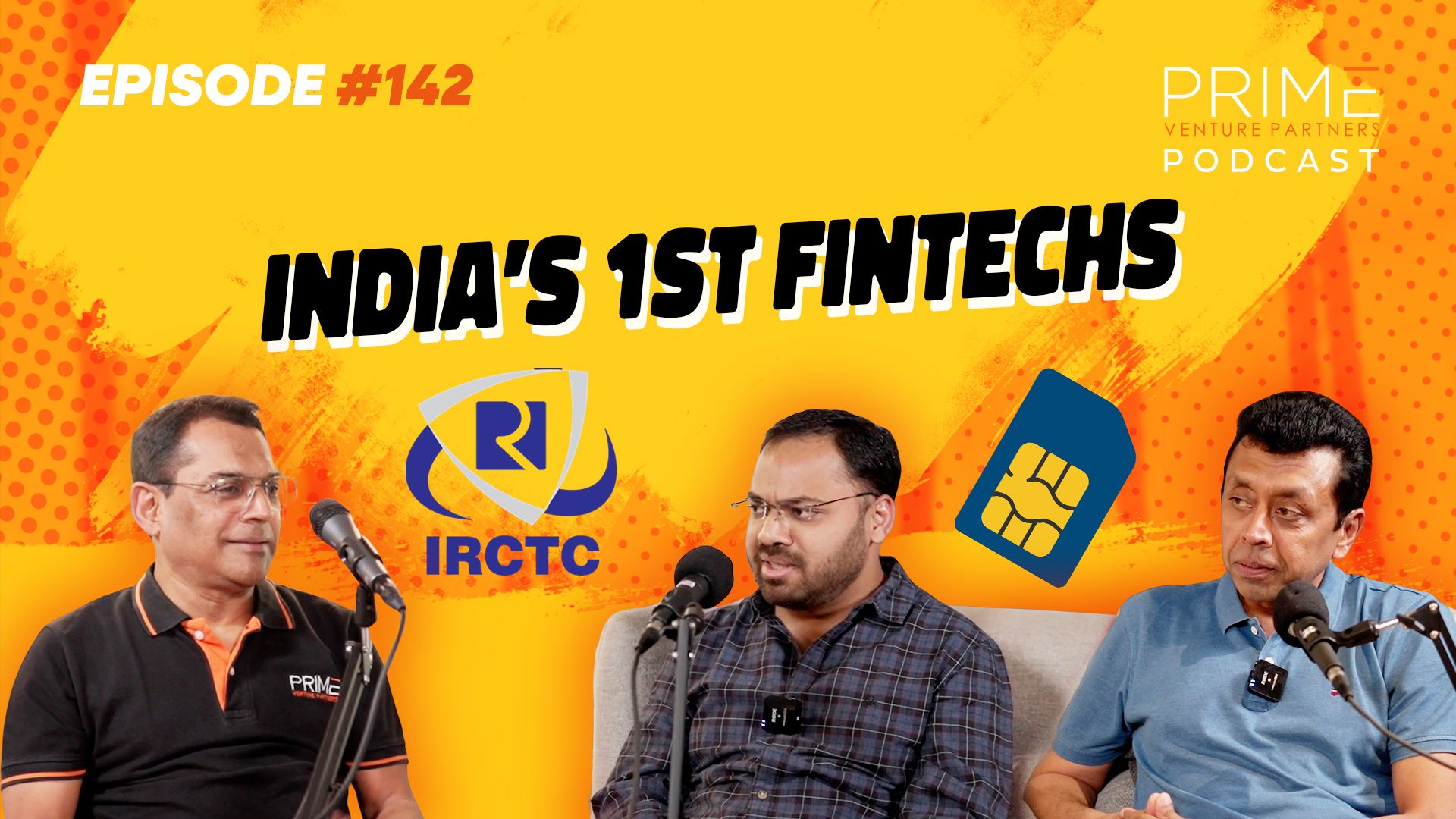Reliance brings telecom's predatory pricing to OTT; will JioCinema's latest plans harm Netflix, Amazon?
JioCinema's revised ad-free plans could further derail OTT monetisation in the Indian market, where global streaming giants like Netflix and Prime Video are already finding it difficult to make money. Indian streaming services, too, will have to rely more on ad revenues than subscriber ARPUs.
Earlier today, streaming platform JioCinema slashed the prices of its premium plans by over two-thirds in a move that could further derail OTT monetisation in India. After teasing its upcoming, ad-free plans for nearly a week during the ongoing IPL, the Reliance-owned platform has announced a two-tier monthly offering—Rs 29 for a single device and Rs 89 for family plans—for JioCinema Premium.
This essentially means that users now have access to premium Hollywood content, including shows and movies from HBO, Peacock, and NBCUniversal, at less than one rupee a day. (Prior to this, JioCinema Premium was available with ads for Rs 99 a month and Rs 999 a year.) Cricket, including the Indian Premier League (IPL), and other Viacom18 shows will continue to remain free (albeit with ads) on the platform, JioCinema stated.
Now, disruptive pricing is not new when it comes to Reliance Industries. It has been a tried-and-tested template for the corporate giant, especially in telecom—a sector it disrupted, consolidated, and now dominates. Prior to the launch of Jio in 2017, India had 8-9 public and private telecom operators, which has come down to just three now, with Jio leading the market with 482 million subscribers.
Will the same thing play out in OTT?
Why Jio’s new pricing is bad for the market
Customers will love it, but Jio’s predatory pricing is bad news for global OTT giants like Prime Video and Netflix, as well as homegrown services that are part of larger media networks. Analyst estimates indicate that the pricing for broadcaster-based OTTs in India (Disney+ Hotstar Premium, ZEE5, SonyLIV) is about Rs 103 a month, while the average monthly pricing for international OTTs (comparable premium plans only) stands at Rs 358. This works out to a whopping 86% mark-down on JioCinema Premium vis-a-vis its market peers after the latest price cuts.
“Other OTT platforms may not be able to raise their prices now due to JioCinema Premium’s disruptive pricing, which will limit their subscription revenue growth prospects. Global OTT giants may need to add an ad-tier pricing or explore options like curbing password sharing, etc. to drive SVOD revenue as pure ARPU-led increase may be a challenge,” an analyst tracking the industry told The CapTable.
While Amazon has already rolled out ad-supported Prime Video plans in India over the last few months, Netflix is relying on its mobile-only offering (priced at Rs 149 a month) to expand its user base in the country. Even as India’s homegrown OTTs could fall back on revenues from the broadcasting side, Netflix and Amazon are in for a tougher ride in a market where making people pay for content remains a Herculean task.
In a recent interaction with The CapTable, Ronnie Screwvala, who made a fortune selling his media business to Disney about a decade ago, shared, “I think OTT subscription in India is a very tough market. Which is why everyone’s dropped their pricing now. Netflix’s Rs 199 and Rs 149 plans are the reason they’ve suddenly become more popular. But the Rs 149 guy will never pay Rs 800 for a plan. Normally, the Western thinking is to get the customer in, and then upgrade them. But in India, there’s no way to do that.”
Additionally, the app’s viewing experience has come under scrutiny often, which meant that users weren’t willing to shell out a lot for the offering. But, JioCinema—riding on its pan-India Jio4G/5G and JioFiber network—enjoys a distribution advantage that none of its peers have. Hence, the low subscription revenue could be offset over time as the platform drives scale.
Whether JioCinema will continue to be priced as low after it integrates all the content from Disney+ Hotstar, following its acquisition of Disney's India assets, remains to be seen. But, Indian OTT could well be headed the telecom way, and that’s not necessarily a good thing!
Edited by Ranjan Crasta










15528794122341563359337124.png)
